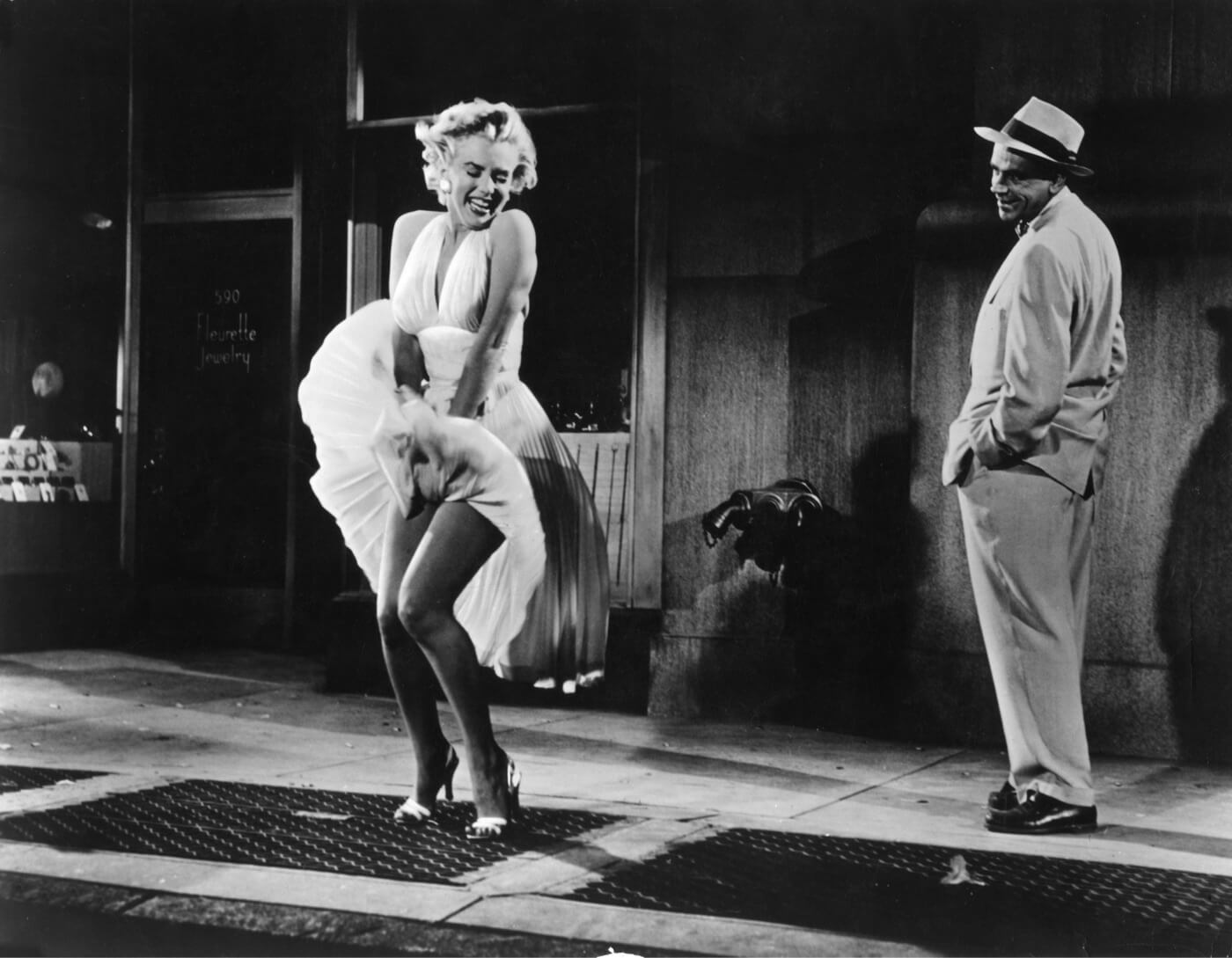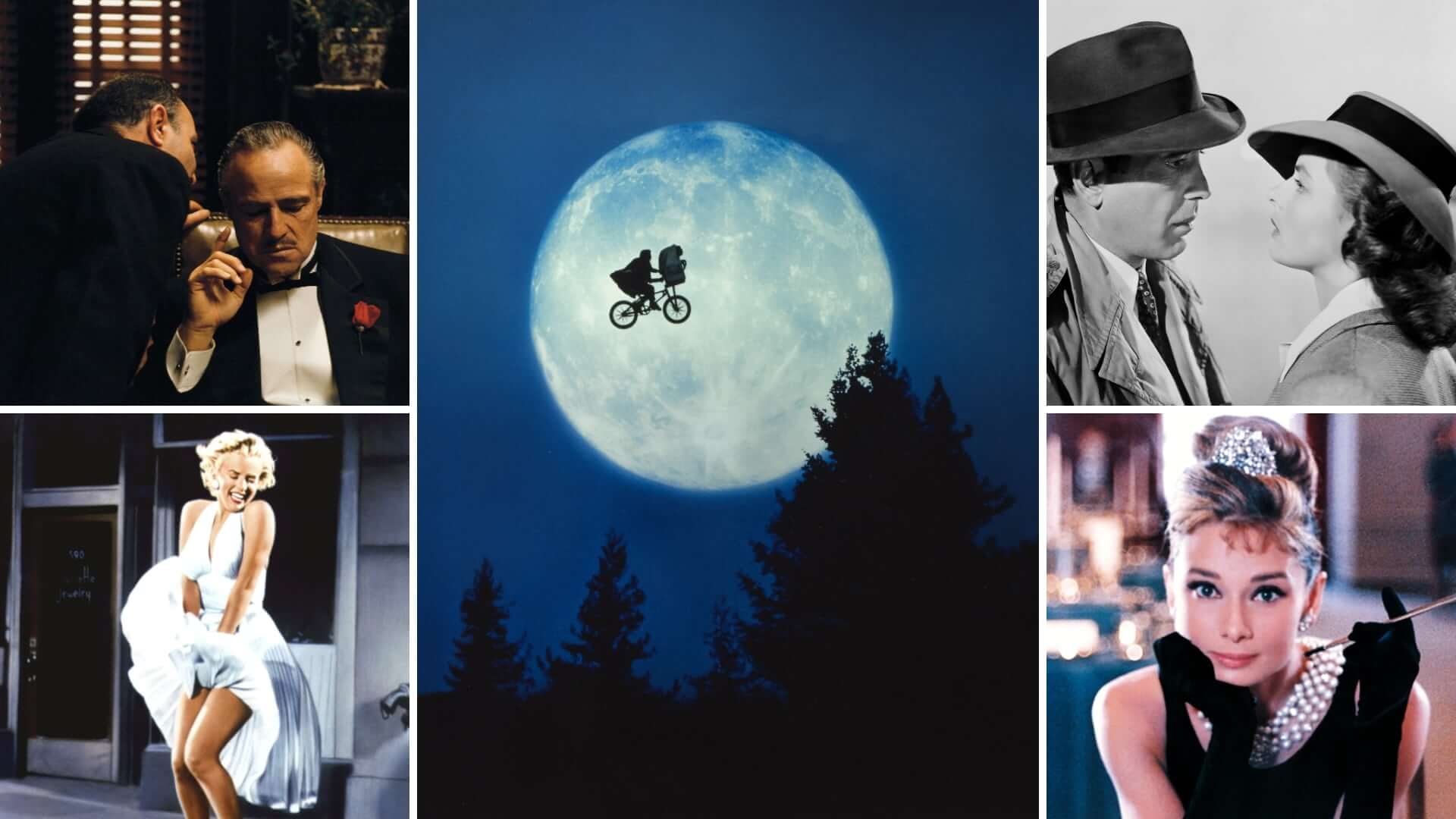A
still is not merely a static image; it captures a single frame of a movie, encapsulating a world of emotions and stories within its boundaries. These seemingly simple snapshots hold immense power within the realm of cinema. In this article, we explore the captivating complexities of film stills — their creation, purpose, and profound impact on filmmakers, marketing, and audiences.
What is a Film Still in Cinema?
What's the deal with film stills?
Before diving into the purpose of a film still, let's delve into its definitive aspects, and explore in greater detail what exactly constitutes a film still.
FILM STILL DEFINITION
What is a film still in cinema?
A film still, also known as a movie still or production still, is a photograph taken during the production of a movie or a television program. It is a moment captured from the cinematic narrative, a frozen frame that presents a scene, a character, or a detail in its raw, unaltered state. These stills often become iconic images, immortalizing poignant and memorable moments from the film. These images are taken by a Stills Photographer, a crew member employed by the production company.
What is a Film Still Used For?
- Promotional material like articles and posters
- Documentation of the filmmaking process
Film stills have a rich history, originating in the early days of cinema. Initially used for copyright purposes, they documented and protected the unique visual elements of a film. Over time, their purpose evolved. In the 1910s, film magazines popularized them as promotional tools, offering a glimpse of upcoming releases.
Today, in the digital age, they serve as compelling marketing tools and a form of art, condensing a film's essence into a single image.
What is a Film Still Used For?
Purposes of film stills
Movie stills function in multiple capacities within the realm of cinema. They are not just promotional tools, but also creative explorations that provide viewers with the essence of the cinematic work. Additionally, they serve as integral components in the film-making process.
Promotional Purpose
One of the primary uses of film stills is for promotional purposes. They are leveraged to build anticipation and intrigue, enticing audiences towards theaters or streaming platforms.
For instance, the iconic movie poster for one of Christopher Nolan’s best films The Dark Knight (2008) showcasing Batman generated excitement prior to the film's premiere, playing a role in its tremendous success at the box office.The Dark Knight poster
Reference Material
Film stills serve as critical reference material for other filmmakers. They capture the essence of a scene, provide inspiration, and offer a template for cinematographic techniques.
This visual compendium allows filmmakers to study the aesthetics, composition, and lighting used by their contemporaries or predecessors.
It's a silent discourse among artists, facilitating a continuous evolution in the art of filmmaking.
Artistic Purpose
Finally, film stills have an artistic purpose. They are appreciated as standalone pieces of art, capable of conveying a story or emotion outside the context of the film. An iconic example of this is from The Seven Year Itch (1955) featuring Marilyn Monroe in a flowing white dress standing over a subway grate.
This image, although directly linked to the film, has transcended its original context to become a universally recognizable symbol of glamour and allure.

The Seven Year Itch (1955)
Exploring the role of film stills, from promotion to artistry, we now focus on their creation. This section delves into the art and skill of capturing a film still, balancing the director's vision and photographer's intuition. Let's delve into the meticulous process that turns a cinematic moment into a timeless image.
Related Posts
Stills from Movies
Famous examples of film stills
Film stills have often transcended the boundaries of their respective films, becoming iconic images in popular culture. Such images not only encapsulate the essence of the films they represent but also hold a profound impact that resonates with audiences on a larger scale. Let's explore some of the most memorable examples of film stills from cinema's rich history.
The Godfather (1972)
The image of Marlon Brando as Vito Corleone, sitting pensively with a cat on his lap, is a prime example of an iconic film still. This image effectively portrays the character's ominous power and control, making it a lasting symbol of the film's exploration of the mafia underworld.

The Godfather Still Shot
Casablanca (1942)
The film still featuring Humphrey Bogart and Ingrid Bergman, sharing a heartfelt goodbye in the mist-shrouded airfield, encapsulates the poignant romance and moral dilemmas at the core of Casablanca.
This image has become synonymous with classic Hollywood cinema, capturing a moment of cinematic perfection.

Casablanca Still Shots
E.T. the Extra-Terrestrial (1982)
The silhouette of Elliot and E.T. flying across the moon on a bicycle is one of the most memorable images in film history. This photo does not just portray a scene from the film, but it encapsulates the magic, wonder, and innocence that are central to the story's theme.

E.T. the Extra-Terrestrial • Still images from films
These film stills are effective and memorable due to their ability to capture the essence of their respective films in a single frame. They evoke strong emotions, provide insights into the film's theme or characters, and often become cultural icons in their own right. Hence, film stills can be a potent tool in the art of storytelling, leaving lasting imprints on audiences' minds.
Like a visual echo, film stills reverberate the essence of cinema; capturing moments that become stitched into our cultural fabric. They not only chronicle cinematic journeys but also enhance our viewing experience through their promotional and artistic roles.
These frozen frames of time are far more than mere promotional tools — they're the silent narrators of our shared cinematic history.
Up Next
What is a Storyboard?
As we've explored the intricacies of film stills, their creation and impact, it's clear that they form a vital part of cinematic storytelling. To further delve into the world of pre-visualization techniques in filmmaking, let's turn our attention to another key tool used by filmmakers — storyboards.
Up Next: Storyboarding Explained →
Showcase your vision with elegant shot lists and storyboards.
Create robust and customizable shot lists. Upload images to make storyboards and slideshows.
